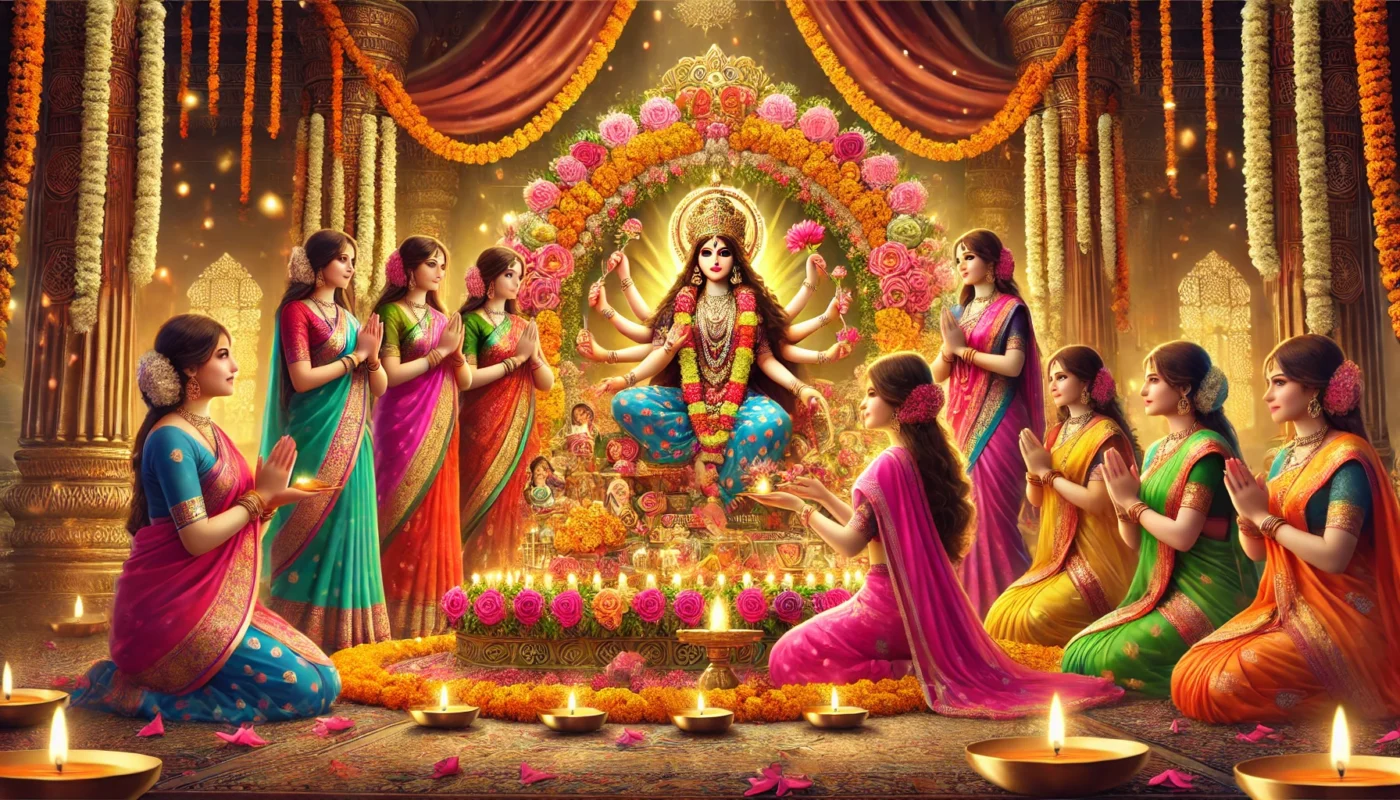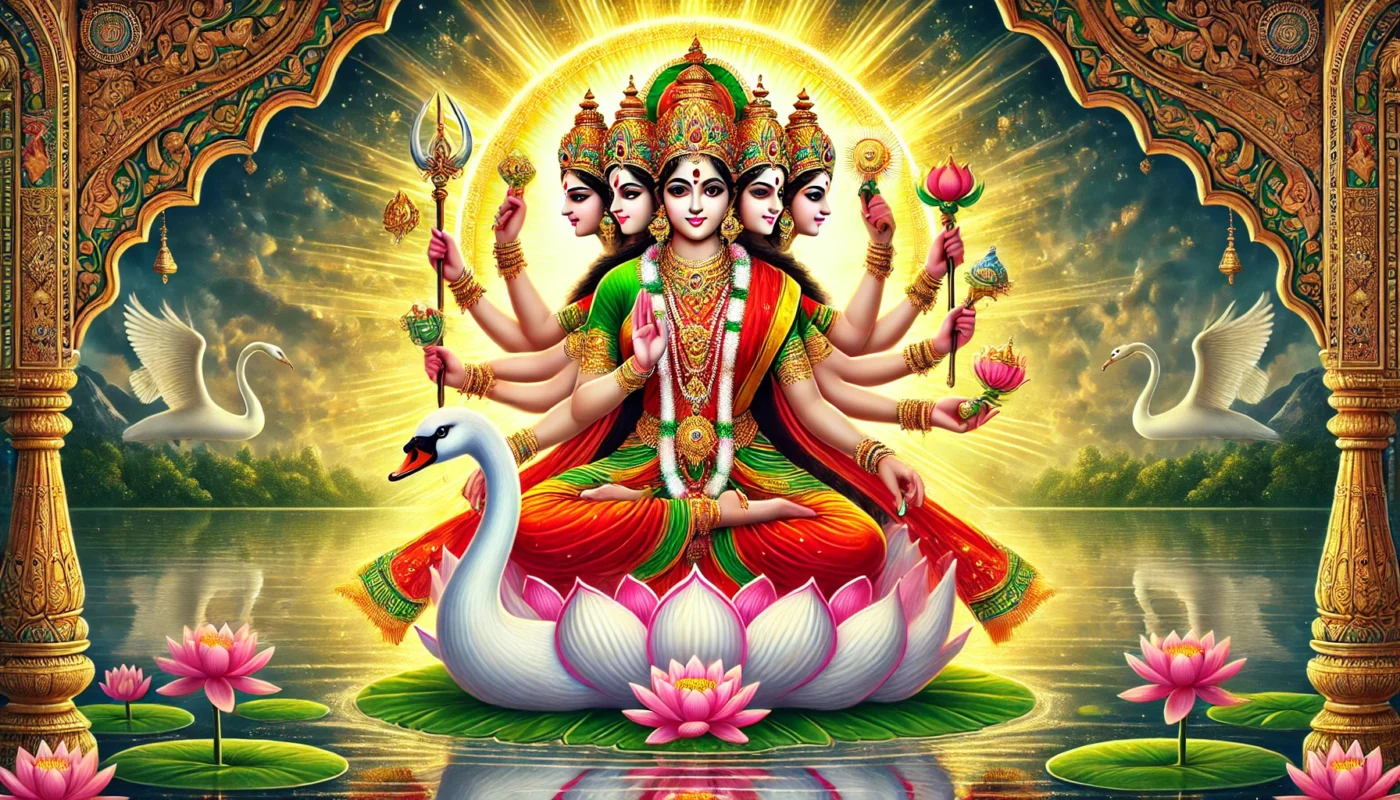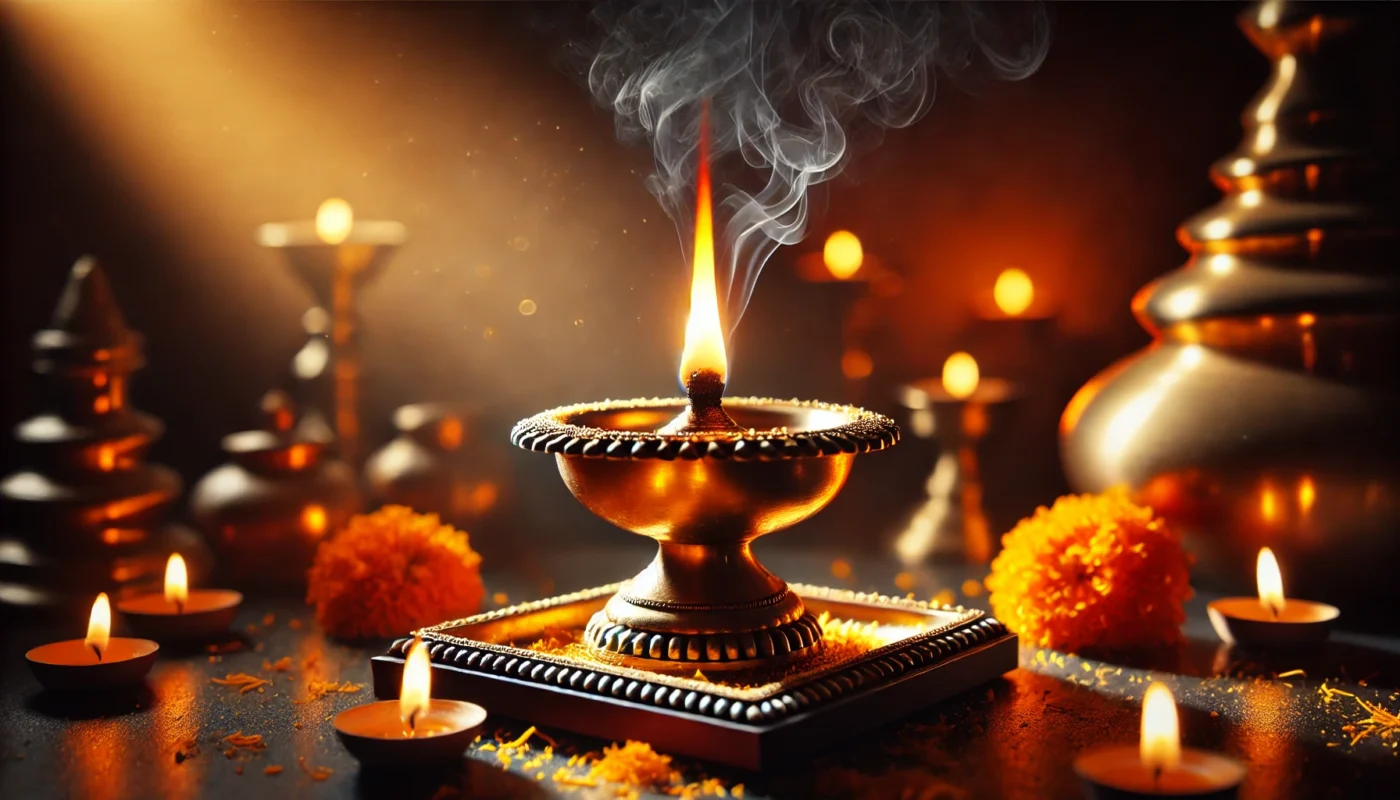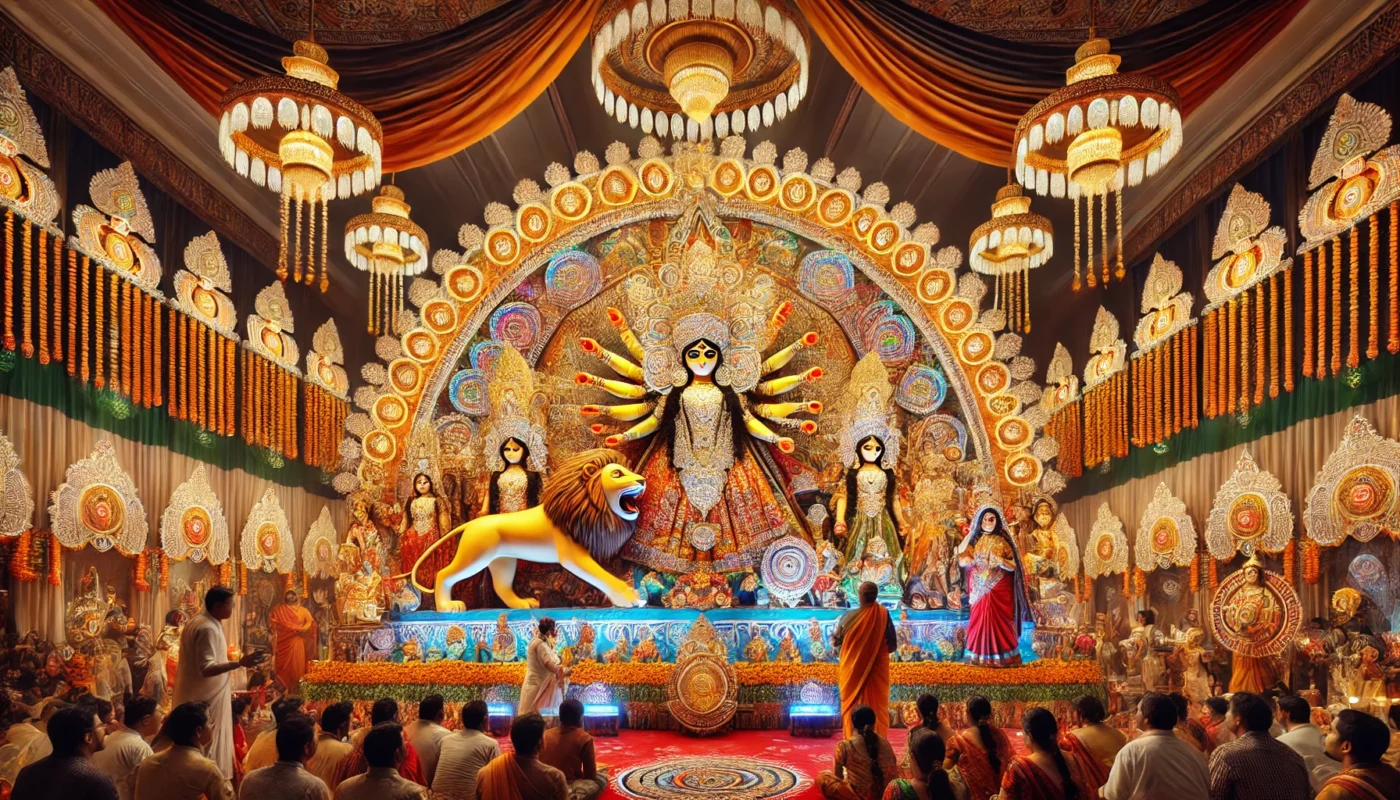In Hinduism, Adi Shakti, the Supreme Divine Energy, is the ultimate protector whose grace dissolves all troubles in an instant. Navratri is a sacred festival dedicated to worshipping this Primordial Energy, also known as Adi Parashakti. Those blessed by the Divine Mother, the Creator of the Universe, live a life enriched with purpose and good fortune.
Adi Shakti, also called Adi Parashakti, represents the “First Supreme Energy” in Sanatan Dharma. She is Mahadevi (the Great Goddess) and Ambika (Mother of the Universe), manifesting in various divine forms and revered throughout Hindu traditions. According to Vedic scriptures, Navratre holds great significance as it allows devotees to worship the nine forms of Adi Shakti, each representing a powerful aspect of life.
Table of Contents
The Significance of Navratri

Navratri, meaning “nine nights,” offers a golden chance to transform one’s life. This nine-day worship period connects us to the Divine Mother. Devotees believe that through worship and devotion to Adi Shakti, one can overcome life’s challenges and achieve inner peace. The nine forms of the Goddess symbolize various aspects of strength and guidance, leading devotees on a righteous path.
Celebrated with enthusiasm, Navratre immerses devotees in divine bliss and the grace of the Mother, which swiftly dispels hardships.
The Deeper Essence of Navratri Worship

These 9 days also holds special significance for Gayatri worship. It is said that reciting 24,000 mantras over these nine days, while fasting, brings immense spiritual benefits. This practice is said to remove obstacles, fulfill desires, and awaken wisdom (pragya). The Gayatri mantra itself is like a divine wish-fulfilling cow (Kamadhenu), offering blessings to those who worship with devotion.
During Navratri, devotees observe practices like Kanya Puja (worship of young girls), Durga Aarti, chanting the Durga Chalisa, reciting the Durga Saptashati, and engaging in Garba and Dandiya dances. Devotional singing and chanting of mantras are believed to be particularly effective during Navratri.
This festival also includes maintaining an Akhand Jyoti to please the Mother and perform ritualistic practices that honor the Goddess’s presence.
Celebrate Navratri with sacred rituals, family gatherings, and charity, and invite divine positivity into your life. Elevate your worship with our pure incense sticks, crafted to enhance your spiritual experiences.
Rituals and Traditions of Navratri

1. Fasting
Fasting is commonly observed during this festival. Although not mandatory, many people choose to keep their bodies pure and disciplined by relying on fruits, milk, or a single vegetarian meal each day, avoiding onions and garlic.
2. Lighting the Akhand Jyoti
The Akhand Jyoti, an unbroken flame, is kept alight for nine days in front of the Goddess’s statue or image. This sacred lamp symbolizes continuous devotion and is often placed in the southwest direction.
3. Physical Purity
During Navratre, personal grooming practices like shaving, haircuts, and nail trimming are usually avoided, as physical purity is a vital aspect of the festival.
4. Observing Celibacy
Navratri worship is done with pure intentions, and observing celibacy during these nine days enhances one’s devotion and spiritual experience.
5. Family Worship
Navratri celebrates the Divine Mother, and collective worship with family is considered especially fruitful. Many families spend nights singing bhajans and celebrating the Goddess’s blessings together.
6. Charity
Charity is an important part of Navratri, encouraging devotees to give according to their ability. Donating food and essentials to those in need is believed to please the Goddess and fulfill spiritual needs.







